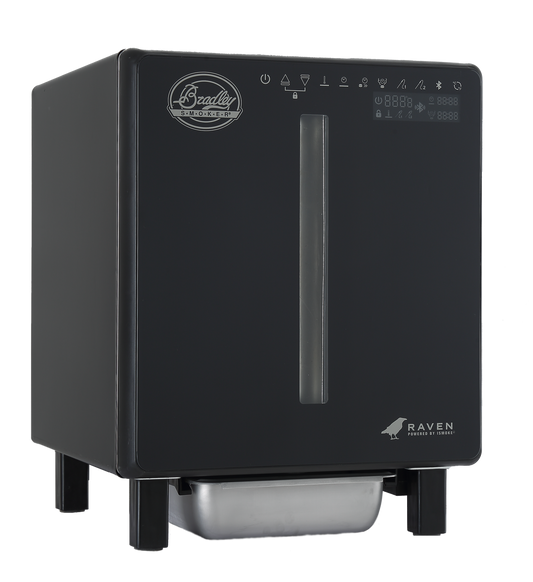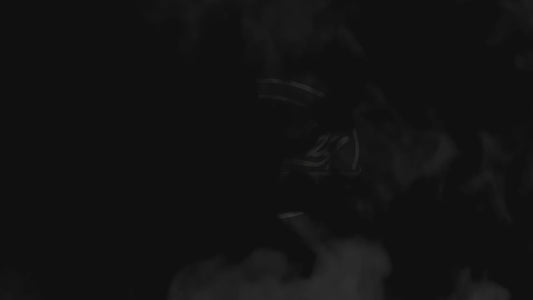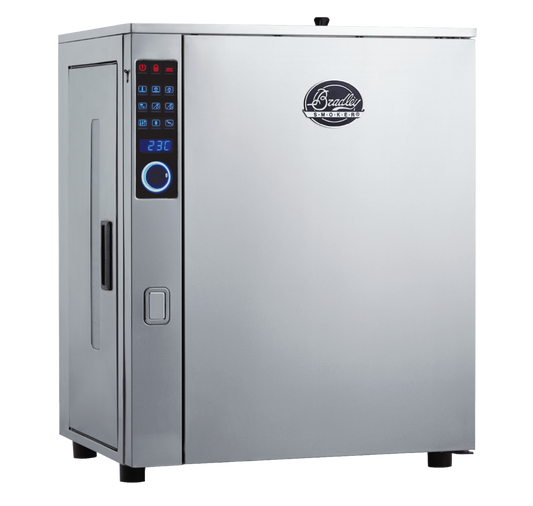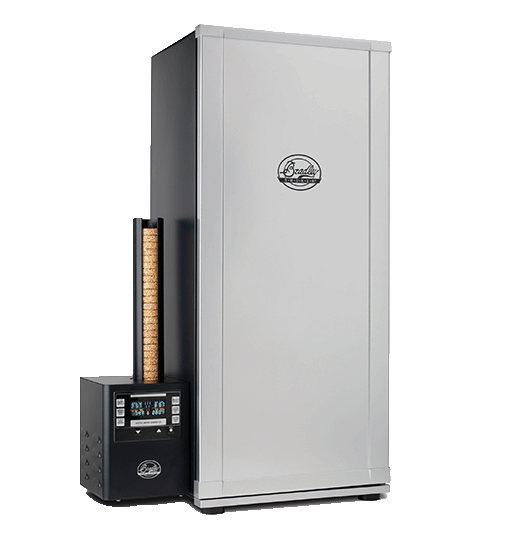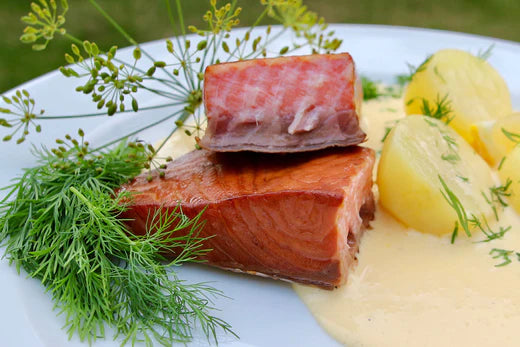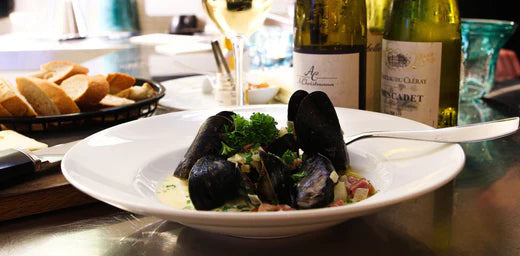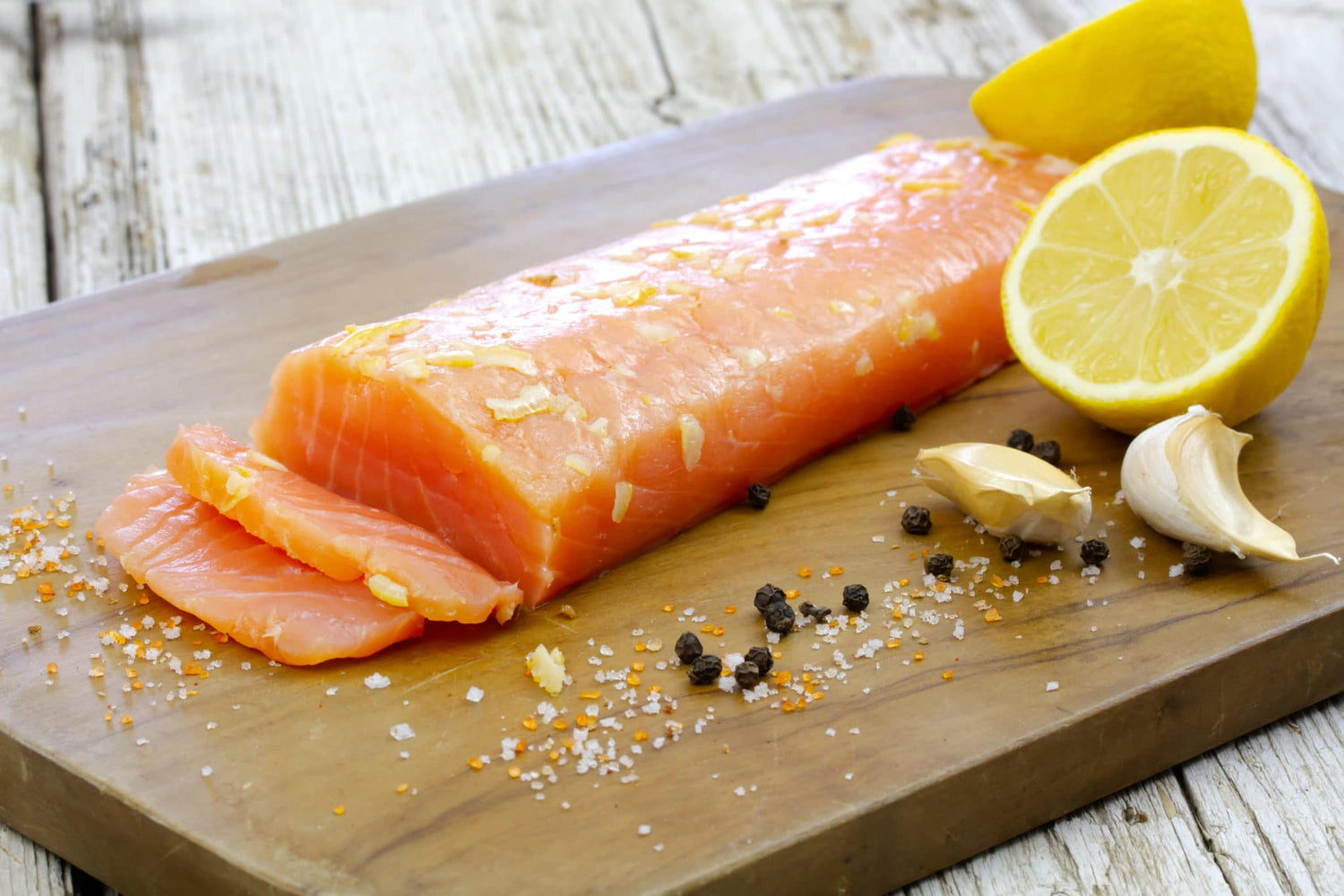
Best Smoked Salmon LOX Recipe
After searching for various recipes for good LOX, I finally created this one, which is a compilation of many I have heard of, tried and modified. Making good smoked salmon isn’t a mystery or a matter of luck. It’s a matter of patience and time. With this recipe I have been consistent with my results.
This process is for cold smoking salmon (LOX) only, preferably with a Bradley smoker.
After speaking to a few people, who do this for a living, I got the process they use. As they wouldn’t give up the recipe, I created my own. You may add any flavor you want to the wet brine. More garlic, or soy sauce, lemon, coriander seeds, there are no rules for flavor. You may use more or less brown sugar depending on your tastes, but try mine as is, and adjust after you try it. For those who try it you won’t be sorry. Please post your results, and feel free to share this with others, but please give credit where it is due.
IMPORTANT: Please, read these instructions over a few times before you attempt to use this recipe. It will help you understand the process.
I have tried to emphasize and detail the critical steps and where temperature is important.
If I overdid the details, you’ll get no apology from me. When I did it for my first time, I would have killed for details; details; details.
These instructions are for an average sized fish of 10-12 lbs (before being filleted).
Coho is best but I have used Atlantic with success as well. For smaller fish, shorten the time and for bigger fish lengthen time.
Ingredients
Dry Brine Ingredients:
5 Lb Kosher or canning salt
6 Lb dark brown sugar
Wet Brine Ingredients:
3.5 Gal water
6 Cups kosher or coarse (non-iodine) salt
6 Cups brown sugar
2 Cups real maple syrup
¼ Cup whole black peppercorns
2 Cloves garlic and chopped fresh dill - to taste
Preparation
Dry Brine:
Mix salt and sugar well, using your hands to break up the chunks of brown sugar. This will be used for dry brining the fish. You must use COARSE (non iodized) or kosher salt. Any left over dry mix can be placed in a sealed container or ziploc bags. It will keep for a long time until you need it again.
Using a small container that is just wide and long enough to lay your whole fillets flat, spread an even ½” layer of the dry brine mix on the bottom (I use a Rubbermaid container just long enough for the fillets and wide enough for two side by side). Lay the first layer of fillets skin side down on the dry mix. Now, cover fillets with more dry mix (½″). Place next layer of fillets on top with skin side up (meat to meat). Cover with½″ dry mix.
Make sure fish is completely covered in the mix (that’s why the size of your container is important so you don’t waste excess mix).
Continue to layer the fish. You can place them anyway you like, as long as they are relatively straight and flat. This process will remove excess moisture from the fish and really firm it up. Place fish in the refrigerator for 7-8 hours.
Prepare Wet Brine Solution:
In a 5 gallon food bucket (or non-metal container large enough to hold your fish and brine), mix all ingredients well, making sure that all the salt and sugar is completely dissolved.
IMPORTANT: check salinity (salt concentration) – a fresh raw egg (in the shell) will float in the mixture. If it doesn’t, add another ½ cup salt and mix well, then recheck to see if the egg will float. If it still doesn’t float add another ½ cup salt, repeating as needed until the egg floats. Let the brine set for at least 5 hours before using it.
Place fillets that have been dry brined, rinsed, and halved, into the wet brine.
Cover with a plate, so all fish are completely submerged. Brine for 7-9 hours.
Freshening Your Fillet:
Remove the fillets from the brine and rinse in fresh water. Discard brine and rinse out your bucket (or container that you wet brined the fish in), making sure all spices, peppercorns etc are removed.
Now, put the fillets back in the bucket and fill with clean water. Let the water run into the bucket (do not use too much pressure or you will damage the fish) for ½ hour, stirring the fish gently with your hand every 7-10 minutes.
Taste a small piece of the fish. If still too salty, rinse for another 10 minutes but no more, or the fish will begin to waterlog (swell). I do mine for 30 minutes and consistently have excellent results.
Drying Before Smoking:
Remove fish from wet brine, patting dry with paper towel.
Using your Bradley racks (Teflon coated ones work best), turn the racks upside down and lay the fish on the racks skin side down.It is important to use the racks upside down, so the fish will be suspended and be able to air dry top and bottom.
Allow fish to dry for approx 1 hour. When the fish becomes a little sticky on the meat, side they are done and ready for smoke.
Cold Smoke Only:
You may smoke from 1-3 hours, depending on your preferences and tastes with alder smoke. Make sure the heating element (auxiliary burner) is OFF in the Bradley Unit, or better yet, unplugged from the smoke generator. I use a Polder barbecue thermometer with the remote pager and have the probe hanging through the top vent and the pager to notify me if the temp gets to 75ºF.
WATCH THE TEMPERATURE CAREFULLY. IF IT GOES ABOVE 80ºF YOUR FISH IS RUINED.
Fill the drip bowl with ice and add a good block of ice between the bottom shelf and the lower plate. Even if you cover 2/3 of the holes in the plate, it has no effect on the smoke reaching the fish. As the ice melts, it drips into the bowl (not on the smoke burner). Good design by Bradley!
Place a large aluminum pan under the drip bowl to catch any water will overflow from the water bowl. Doing so maintains 60-75 degrees when it’s -10 outside. When my pager goes off telling me it’s too warm, I know the ice has melted and I need to add more. You could use the bottom shelf and place an ice filled aluminum pan on the rack, but that way you lose the ability to use the bottom shelf. That’s up to you. Just watch the temperature! (do I need to say it again)

